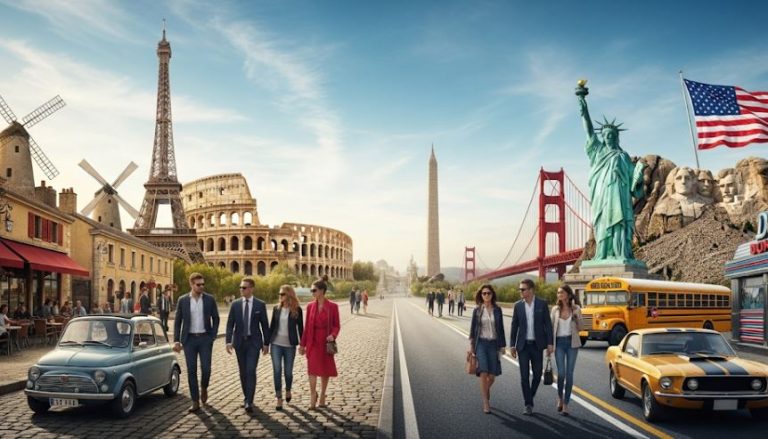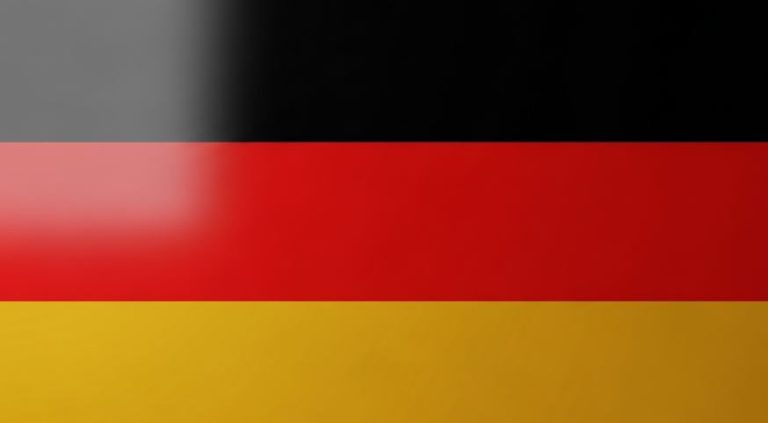
As the crisp autumn air gives way to the first hints of frost, a palpable sense of anticipation begins to ripple across Europe. It’s a feeling that heralds the arrival of the festive season, a period steeped in ancient customs, sparkling lights, and the joyful spirit of togetherness. While the core essence of Christmas – celebrating peace, love, and family – remains universal, the ways in which European nations embrace this holiday are as varied and fascinating as the continent itself.
Imagine stepping into a fairytale, and you’re likely envisioning a German Christmas market. These enchanting spectacles, with their wooden stalls, flickering lanterns, and the irresistible scent of mulled wine and gingerbread, are arguably one of Germany’s greatest contributions to the global Christmas tapestry. Cities like Nuremberg and Dresden transform into bustling hubs of festive cheer, offering handmade crafts, traditional ornaments, and an atmosphere that truly captures the magic of the season. Children eagerly await the arrival of Nikolaus on December 6th, who brings small gifts and treats, a prelude to the main celebration on Christmas Eve, when families gather to open presents and share a festive meal. The emphasis here is on cozy domesticity, with beautifully decorated trees taking center stage.
Travel south to Italy, and you’ll find a Christmas deeply rooted in religious tradition, often stretching beyond a single day. The presepe or nativity scene is central to Italian celebrations, with intricate and often elaborate displays adorning churches and homes. In Naples, the art of crafting these scenes is a centuries-old tradition, and you can find incredible artisanal pieces. While Babbo Natale (Father Christmas) does make an appearance, particularly for younger generations, the Befana, an old woman who delivers gifts on Epiphany (January 6th), holds a special place in Italian folklore. This extended festive period allows for multiple family gatherings, with grand feasts featuring panettone and torrone. The focus is less on extravagant gift-giving and more on community and spiritual reflection.
Across the English Channel, the United Kingdom prepares for Christmas with a unique blend of Victorian traditions and modern flair. Think bustling high streets adorned with dazzling light displays, the sound of carols echoing through cathedrals, and the beloved ritual of advent calendars. Christmas Day itself is a big affair, often starting with stockings filled by Father Christmas, followed by a grand turkey dinner with all the trimmings. Boxing Day, on December 26th, extends the celebrations, often involving visits to family, sporting events, or simply relaxing after the previous day’s festivities. The British love for pantomimes – lively, comedic theatrical performances – adds a distinct layer of merriment to the season, offering entertainment for all ages.
Venturing north to the Scandinavian countries, a slightly different, yet equally captivating, picture emerges. In Sweden, the celebration of St. Lucia Day on December 13th is a luminous and deeply cherished tradition. Young girls, often dressed in white gowns with a wreath of candles on their heads, lead processions, symbolizing light returning to the darkest time of year. Christmas Eve, or Julafton, is the main event, with families gathering for a julbord – a lavish buffet featuring ham, herring, and meatballs. The Tomte, a gnome-like figure, is often believed to bring gifts. There’s a strong emphasis on hygge (Danish and Norwegian concept) or mys (Swedish concept) – creating a warm, cozy, and contented atmosphere – which perfectly suits the cold, dark winter days. The spirit is one of quiet joy and shared warmth.
Even within a single country, regional variations abound. Consider Spain, where traditions can vary significantly from north to south. While Christmas Eve (Nochebuena) is often a family affair with a large dinner, the main gift-giving day is typically Epiphany, when the Three Kings (Los Reyes Magos) are said to bring presents. Parades celebrating their arrival are a vibrant spectacle in many cities. In Catalonia, you might encounter the Caga Tió, a smiling log that „poops” presents when struck with a stick – a wonderfully quirky and unforgettable tradition. This playful approach highlights the joy and humor often intertwined with Spanish celebrations.
France, on the other hand, embraces Noël with elegance and culinary delights. Christmas Eve is marked by Réveillon, a sumptuous feast that can stretch for hours, featuring oysters, foie gras, and a traditional bûche de Noël (Yule log cake). Children often leave their shoes by the fireplace for Père Noël to fill with gifts. The vibrant Christmas markets, particularly in regions like Alsace, echo the German influence, but with a distinct French flair for sophistication and gastronomy. The emphasis is on exquisite food, fine wine, and cherished time with loved ones.
As you can see, the tapestry of European Christmas traditions is rich and diverse. From the bustling markets of Germany to the spiritual solemnity of Italy, the cosy charm of Scandinavia to the grand feasts of France, each nation adds its unique thread to this global celebration. Despite the differences in customs, the underlying message remains constant: a time for reflection, for generosity, and for strengthening the bonds that tie us together. Whether it’s the twinkling lights, the comforting carols, or the aroma of festive foods, the spirit of Christmas truly unites the continent in a shared sense of wonder and joy. It’s a testament to the enduring power of tradition and the timeless appeal of a season dedicated to peace on Earth.












